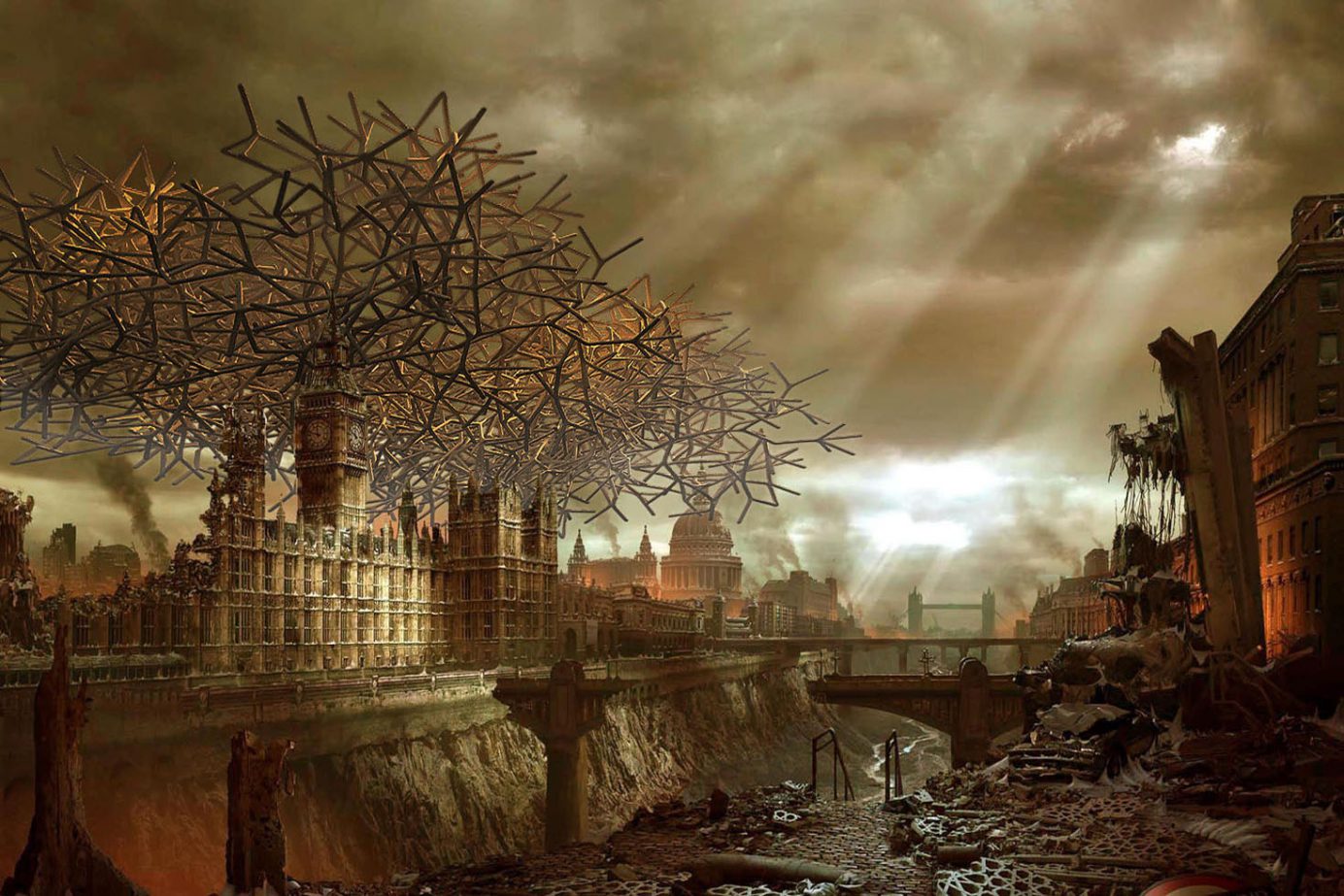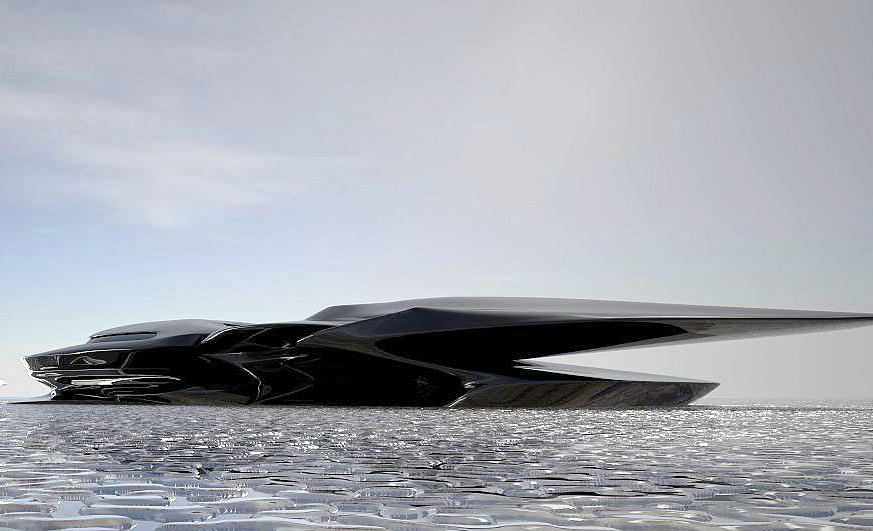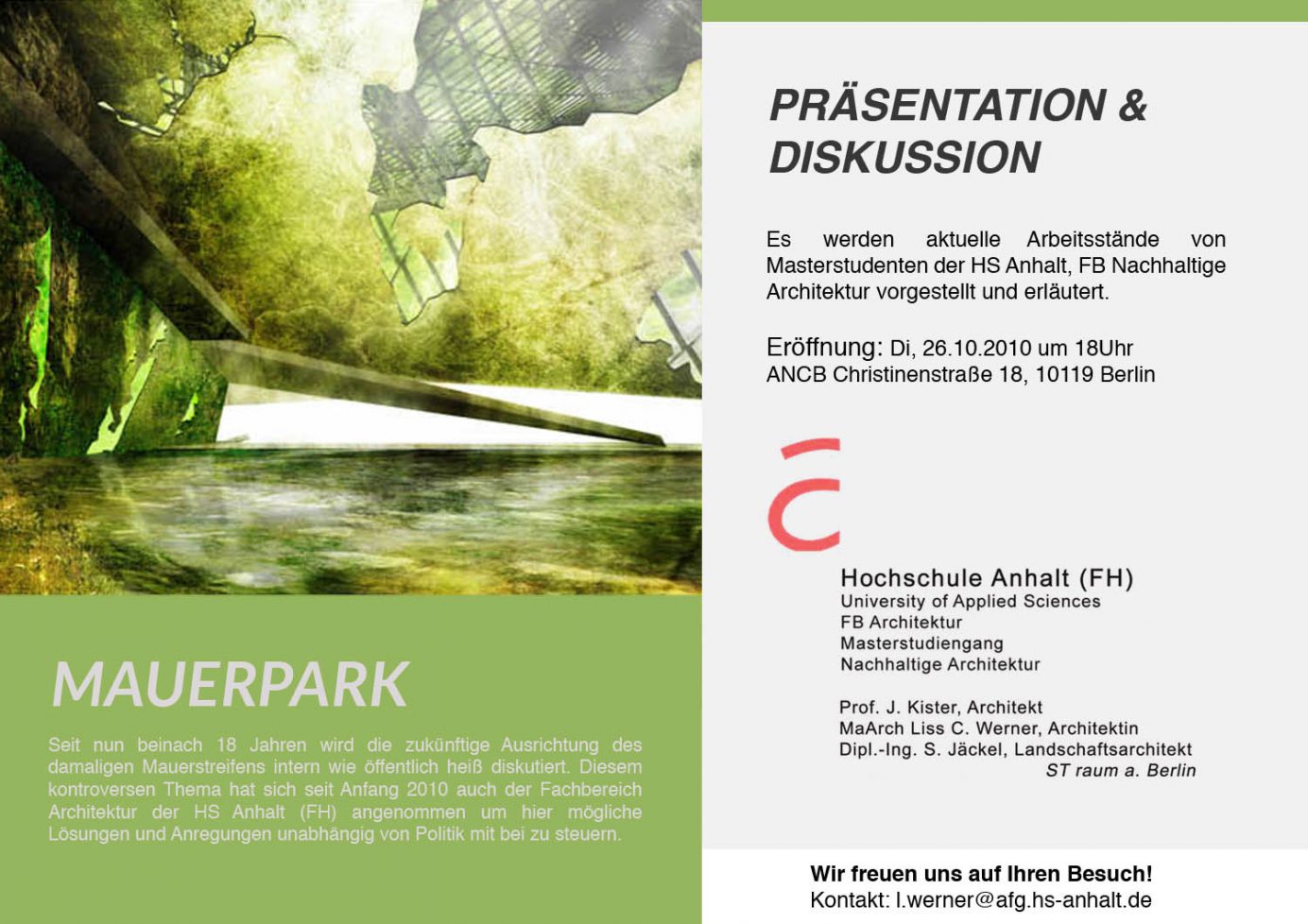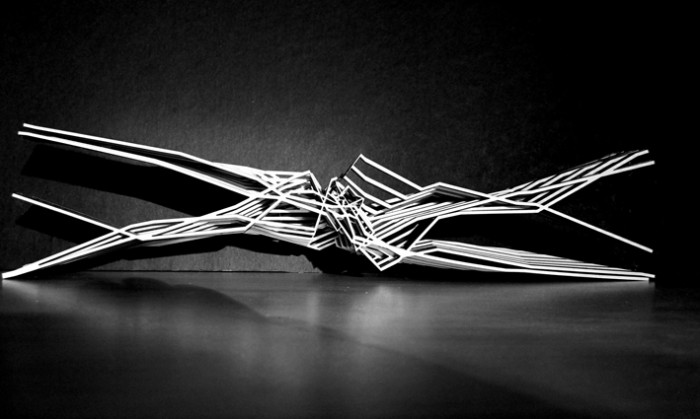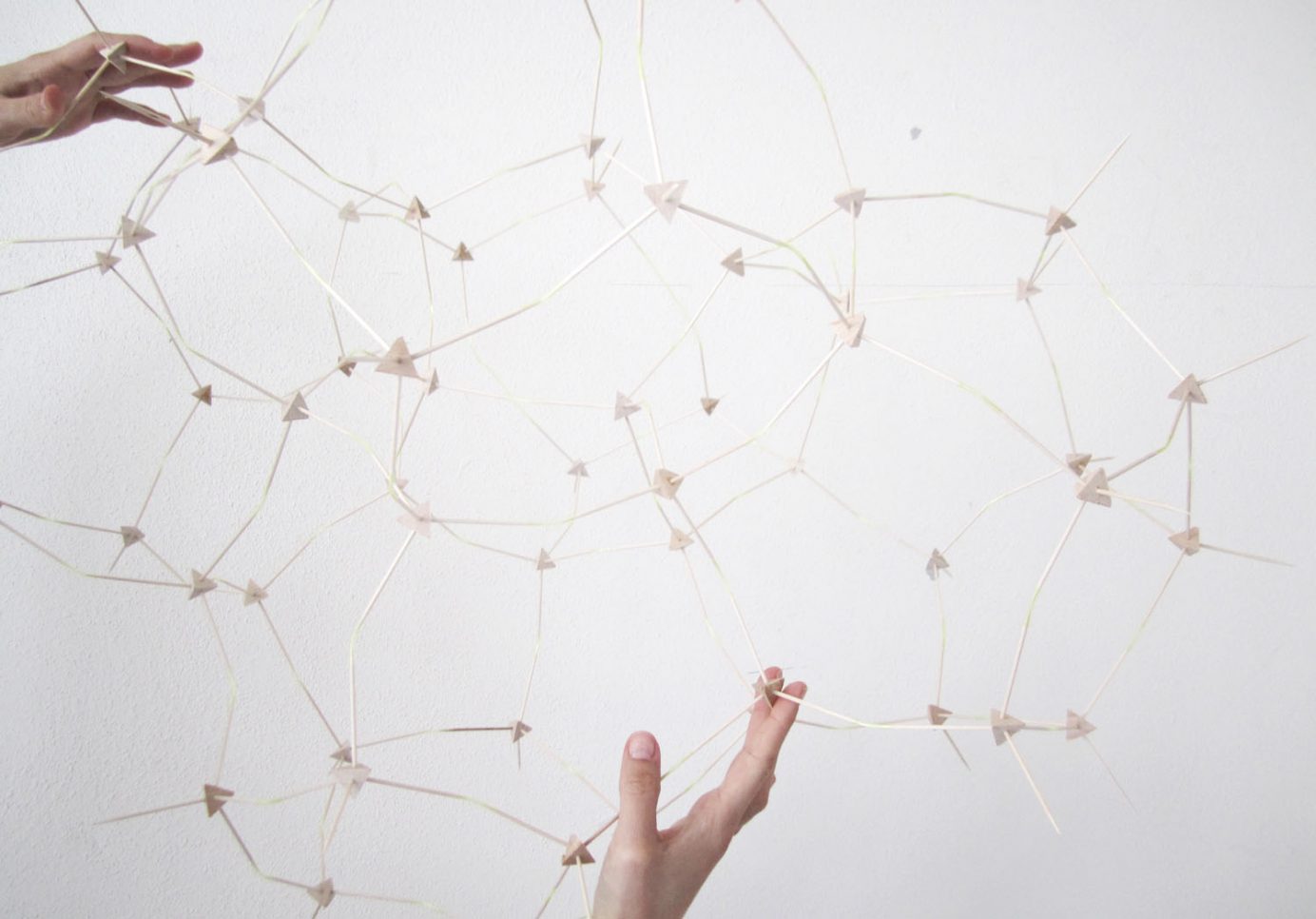TOPIC “Beyond the one-architect-one-machine dialogue, the milieu of adaptable machines must adapt further contacts with the real world. It must receive direct sensory information. It must see, hear, and read, and it must take walks in the garden.” N. Negroponte, 1970 C21 increasingly adopts physics, neuro-sciences, biology; architecture faces a paradigm shift in the 3rd industrial revolution – the age …
Studio X
STUDIO X – Algorithmic experimentations Students: Cosmos Bedzra, Tudor Cosmatu, Anastasia Globa, Alexander Kalachev, Claudia Maria Melendez Rivera, Xinyu Shi, Da Wan Christos Passas, Yevgeniy Beylkin and Liss Werner The studio examines unified and continuous compositions as a starting point but concentrates on diversified compositions that propose radical shifts, ruptures and discontinuities within the set framework; we are looking to …
New ideas for Mauerpark Berlin
Ausstellungstipp: Donnerstag, 21.10. ab 19 Uhr, Pfefferwerk Seit Anfang 2010 stellen sich die MasterstudentInnen des Kurses Architektur der HS Anhalt, Dessau der Herausforderung „Mauerpark“, seiner Identität und seines städtebaulichen, sozialen und historischen Kontexts als Methodik für eine Etablierung des Parks durch ein architektonisches Konzept als Landschaft. Unabhängig von politischen, ökonomischen und emotionalen Fronten haben die Studierenden erste Ideen entwickelt. Durch …
Codes in the clouds I – Material Behavior
Objective of studio is to arrive at a structurally-informed prototype for architecture, based on an understanding of the inherent, logical properties of material behavior and their corresponding collective assembly logic derived from its immediate environmental influences. The studio focuses on exploring the rule-based organizational system of material using advanced digital tools and computational ways of thinking and making. Students are …
CITC I – Flow of nodes
There are approximately 9000 sponge species which branches 3 taxonomic classes based on chemical composition of their skeleton. Calcarea, hexactinellida and demospongiae, in turnm consist of calsium carbonade, silicon dioxide and protein fiber. Venus’ flower basket, or Eupectella aspergillum in latin, belongs to the hexactinellida class. Glass sponges have elaborate skeletons made from silica that support the body. The biochemical …

